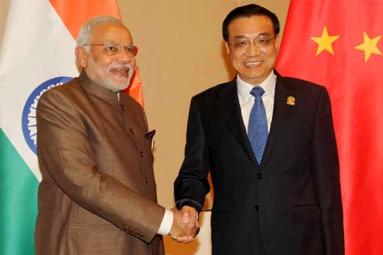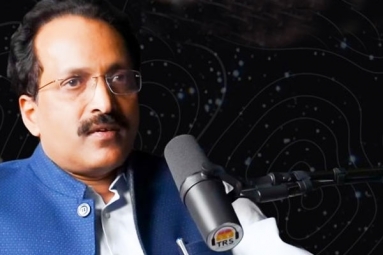With technical support from Space Application Centre, Ahmedabad, and National Remote Sensing Centre, Hyderabad, NCFC will start providing crops forecasts and drought assessments from this kharif season (2012-13). It has already initiated activities for jute crop assessment using microwave remote sensing data.
Minister of agriculture and food processing industries, Sharad Pawar inaugurated the National Crop Forecast Centre (NCFC) in New Delhi on Monday. The NCFC, named after statistician P C Mahalanobis, has been set up in collaboration with Indian Space Research Organisation (ISRO) and will be responsible for multiple in-season crop forecast and assessment of drought situation using state of the art techniques and methodology for selected major crops. The centre has all the facilities required for remote sensing based agricultural forecasting, including a sophisticated laboratory with high-end workstations, image processing and GSI software, large format scanner, plotter and printers and GPS systems.
With technical support from Space Application Centre, Ahmedabad, and National Remote Sensing Centre, Hyderabad, NCFC will start providing crops forecasts and drought assessments from this kharif season (2012-13). It has already initiated activities for jute crop assessment using microwave remote sensing data.
According to a government statement, the objectives and functions of the NCFC are: Multiple forecasts of 11 major crops - rice (kharif and Rabi), jowar (kharif and Rabi), maize, bajra, jute, ragi, cotton, sugarcane and groundnut (Kharif & Rabi), Rapeseed & Mustard and Wheat at National/State/District Level. Operationalisation of existing methodologies developed by ISRO regarding crop forecasts as part of forecasting agricultural output using space, agro-meteorological and land based observations (FASAL), and drought assessment based on national agricultural drought assessment and monitoring system (NADAMS) project on immediate basis Inclusion of additional crops in crop forecast and sub-district level moderate to high resolution drought assessment in the entire country in collaboration with ISRO within two years. Development and refinement of crop forecasts and drought assessment based on current and future trends in satellite and related technologies within three years. (SSNS)











